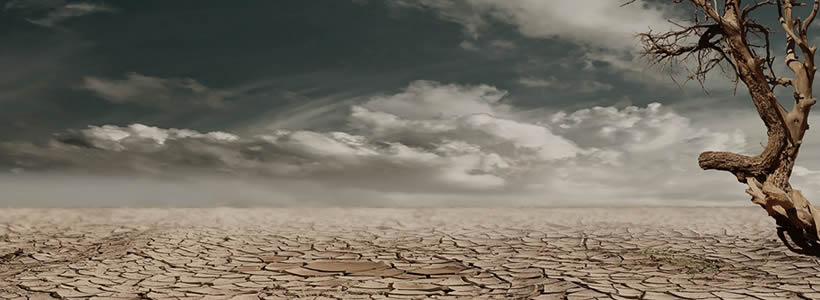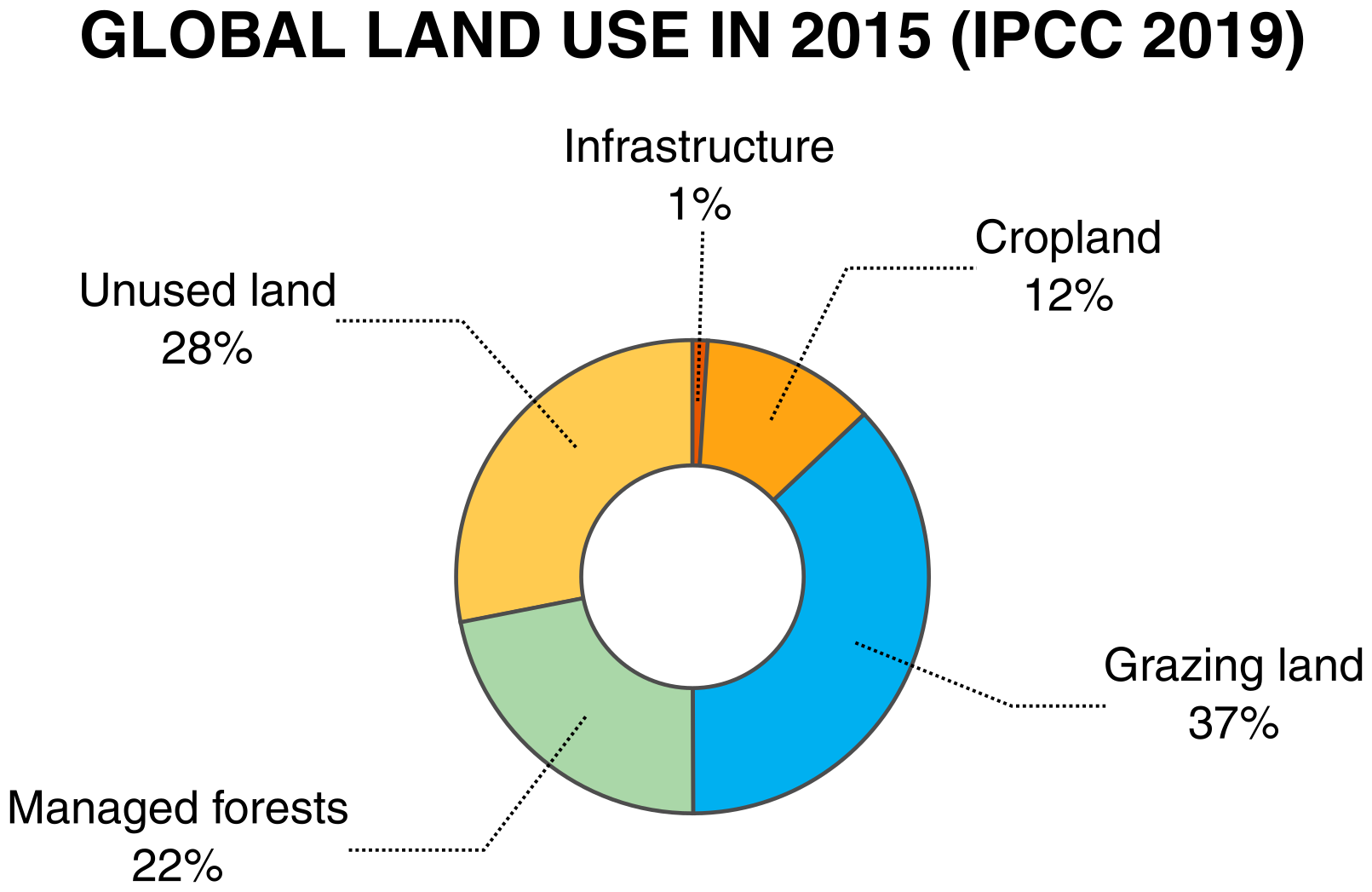

IPCC Special Report on Climate Change and Land released
Why is there another IPCC report?
The Intergovernmental Panel on Climate Change (IPCC) produces three special reports during the current Sixth Assessment report cycle. The first special report on global warming of 1.5°C was published last year (October 2018). Last week, on 8th August 2019, the second report on climate change and land was published, and a third report – on oceans and cryosphere – is due in September this year. These special reports are complimentary to the main comprehensive assessment reports that are being released every 5 to 6 years (the next are due in 2021/22). The special reports focus on “an assessment on a specific issue”. It is important to note that no new research is conducted for the reports. Rather, these reports built on the existing scientific literature and synthesise the current state of knowledge.
The climate change and land special report
“Climate Change and Land” is the title of the latest report released by the IPCC on the 8th of August 2019. It is a comprehensive assessment of the complex land-climate system and examines “climate change, desertification, land degradation, sustainable land management, food security and greenhouse gas fluxes in terrestrial ecosystems”. We will take a look at the main headlines in this article.
How humans are using the land
A substantial amount of the Earth’s land surface is used by humans: indeed, the report states that humans use about three-quarters of the land surface not covered by ice. This includes infrastructure, such as mining or settlements, croplands, grassland in use (e.g. for pastures) and managed forest. Unused land includes forests and grasslands, but also barren wilderness and rocks.
Our existence greatly relies on so-called ecosystem services, the benefits we obtain from ecosystems: food and freshwater are critical for us. For example, forests and wetlands have the capacity of purifying runoff water by extracting excess nitrogen at a much lower cost than artificial substitutes like water treatment plants. Yet, 75% of the freshwater resources are used for crop or livestock production, activities that threaten natural ecosystems if managed unsustainably.

Land is a sink and a source for greenhouse gas emissions
Land can be a sink through photosynthesis of vegetation. The report states that 29% of global greenhouse gas emissions emitted through anthropogenic activities (burning fossil fuels, industry, agriculture, forestry and other land use) is removed from the atmosphere by the land. However, land use is also a significant source of greenhouse gas emissions contributing 23% of global greenhouse gas emissions.
The effect of climate change on land
Climate change has led to a substantial rise of global temperatures compared to pre-industrial levels. The warming is not uniform across the Earth, land surface air temperature has risen considerably faster than the global average. This has widespread effects: expansion of arid climate zones and a decrease of polar climates, desertification and an intensification of land degradation processes through increased “rainfall intensity, flooding, drought frequency and severity, heat stress, dry spells, wind, sea-level rise and wave action, permafrost thaw”, states the report. Food security has already been impacted through changing precipitation and the increased occurrence of extreme events.
What to expect in the future?
The report outlines that climate change will impact the land under all climate projection scenarios: “Climate change creates additional stresses on land, exacerbating existing risks to livelihoods, biodiversity, human and ecosystem health, infrastructure, and food systems” (IPCC 2019, SPM, p. 15). At around 1.5 °C of global warming compared to pre-industrial levels, the risks are projected to be high for permafrost degradation and food supply instabilities. Generally, the greater the warming, the more severe the impacts on water scarcity, land degradation and food security. The degree of impacts will vary between geographic regions.
What are the solutions?
The report outlines the great land challenges “climate change mitigation, adaptation, desertification, land degradation, and food security” (IPCC 2019, Chapter 6) and how they are interlinked with each other. It discusses 40 response options, which can be categorised into 1) land management, 2) value chain management and 3) risk management. They are listed in the Figure below.
The report found that many of these response options contribute to the global sustainable development goals. They could be implemented without competing for land and might yield multiple co-benefits. However, land management alone does not have the potential to be the only solution. Greenhouse gases from all sectors would also need to be reduced drastically if targets set by the Paris Agreement are going to be achieved, the report concludes.
John Morton, Professor of Development Anthropology at the Natural Resources Institute, University of Greenwich, and Theme Leader for Climate Change in NRI's new Food and Nutrition Security Initiative, comments on the report: "Speaking as one of the authors, I'm proud that we've managed to address in one single integrated report climate change, food insecurity, and land degradation. These are separate but linked problems that hugely threaten humanity. The report helps our understanding of the linkages between the three problems and maps out some ways forward to increase food security while reducing greenhouse gas emissions. It also stresses the importance of good governance and inclusive, participatory decision-making in addressing these challenges".



